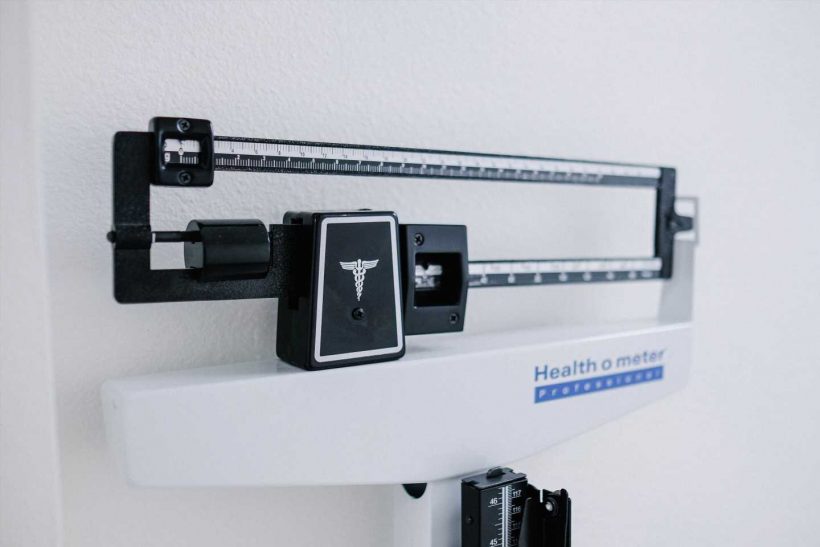
To date most research on obesity has focused on studying those with a high body mass index (BMI), but a research group in China is taking a different approach. In a study published July 14 in the journal Cell Metabolism, the scientists looked at individuals with a very low BMI. Their findings reveal that these individuals are actually considerably less active than people with a BMI in the normal range, contrary to speculation that they have a metabolism that makes them naturally more active. Additionally, they eat less food than those with a normal BMI.
“We expected to find that these people are really active and to have high activity metabolic rates matched by high food intakes,” says corresponding author John Speakman, a professor at the Shenzhen Institutes of Advanced Technology in China and the University of Aberdeen in the UK. “It turns out that something rather different is going on. They had lower food intakes and lower activity, as well as surprisingly higher-than-expected resting metabolic rates linked to elevated levels of their thyroid hormones.”
The investigators recruited 173 people with a normal BMI (range 21.5 to 25) and 150 who they classified as “healthy underweight” (with a BMI below 18.5). They used established questionnaires to screen out people with eating disorders as well as those who said they intentionally restrained their eating and those who were infected with HIV. They also excluded individuals who had lost weight in the past six months potentially related to illness or were on any kind of medication. They did not rule out those who said they “exercised in a driven way,” but only 4 of 150 said they did.
The participants were monitored for two weeks. Their food intake was measured with an isotope-based technique called the doubly-labeled water method, which assesses energy expenditure based on the difference between the turnover rates of hydrogen and oxygen in body water as a function of carbon dioxide production. Their physical activity was measured using an accelerometry-based motion detector.
The investigators found that compared with a control group that had normal BMIs, the healthy underweight individuals consumed 12% less food. They were also considerably less active, by 23%. At the same time, these individuals had higher resting metabolic rates, including an elevated resting energy expenditure and elevated thyroid activity.
“Although these very lean people had low levels of activity, their markers of heart health, including cholesterol and blood pressure, were very good,” says first author Sumei Hu, currently at the Beijing Technology and Business University. “This suggests that low body fat may trump physical activity when it comes to downstream consequences.”
The investigators acknowledge some limitations on this research, including the fact that although they measured food intake, they didn’t measure what the participants were actually eating or their feelings of satiation or satiety.
The team is now expanding its research, including studies that include these measures. They also plan to look at genetic differences between normal weight and healthy underweight individuals. Preliminary analysis suggests single nucleotide polymorphisms in certain genes that might play a role. When these genetic changes were replicated in mice, the animals had some aspects of the phenotype that was observed in human subjects.
Source: Read Full Article
